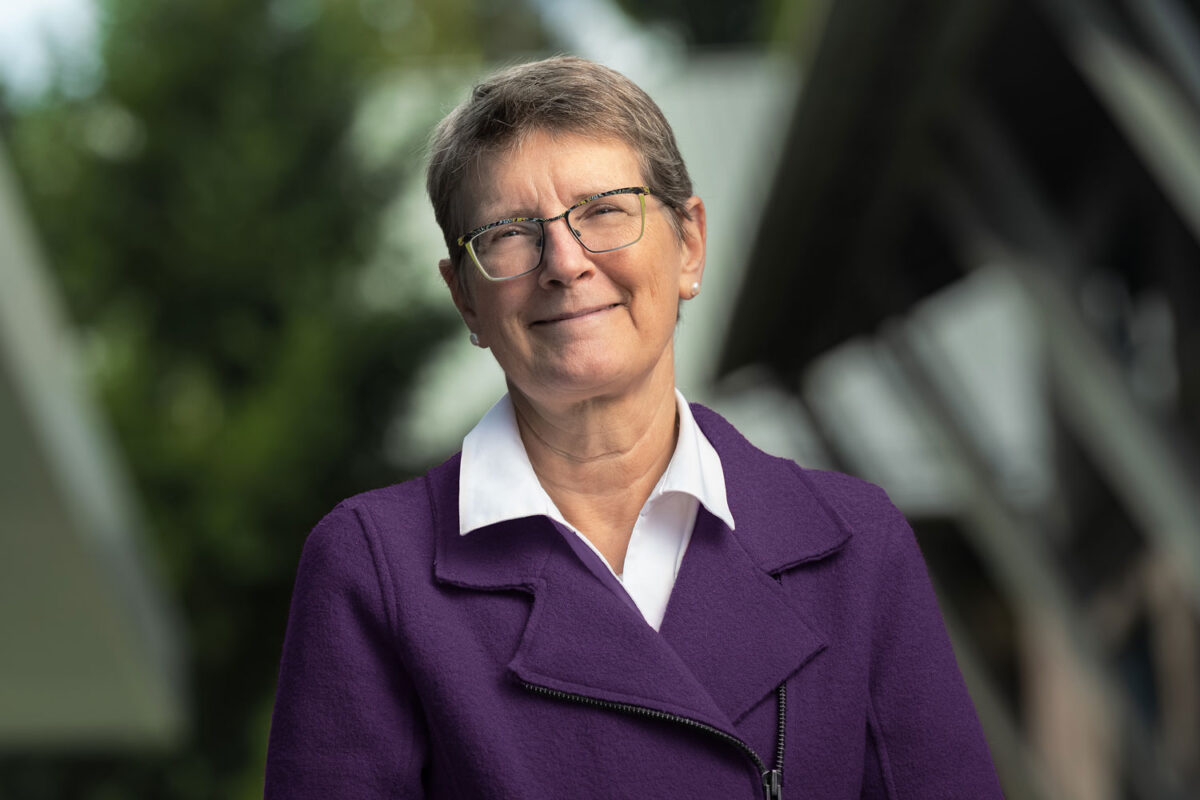
News Release
April 5, 2016
Contact Lisa Hall 425-352-5461 / lhall7@uw.edu
UW Bothell, advocates, vision experts, legislators bring about new state law requiring vision screening changes for school children
BOTHELL, Wash. – Routine vision screening for school children will be changing as a result of a new law supported by the community engagement of University of Washington Bothell. It’s not just the “big E” eye chart anymore. Children will be screened for near-vision problems that experts say affect their ability to read, learn and succeed in life.
The bill signed into law April 1 by Gov. Jay Inslee simply adds near-vision screening to the routine eye test. The law grew out of the 2014 Vision and Learning Symposium, organized by UW Bothell Associate Professor Bill Erdly.
The Snellen eye chart has the big E on top and rows of increasingly smaller letters. Erdly says it has been around since the American Civil War when it was used to help select marksmen. If you can read the fourth line from the bottom from 20 feet away, like the average person, you have 20-20 vision.
Distance vision testing using the wall chart has been required by the state Board of Health in kindergarten and grades 1, 2, 3 and 7. But children don't read a book or computer screen from 20 feet away. Erdly says the test fails to detect whether eyes work together, track properly, easily change focus, integrate peripheral vision or have other problems.
Erdly credits two child advocates, Helen Spencer, a Yakima lawyer, and Katie Johnson, a teacher, with bringing the near-vision issue to the University where a group of experts and legislators were convened to find a solution.
The work has already begun to develop a screening to identify children who need a referral to professional care. “We’re actually working with optometrists to come up with the most low cost, effective and quickly deliverable set of screening tools that we can put together,” Erdly said.
His students in UW Bothell's Computing and Software Systems division are also developing potential screening tools, including applications for mobile devices.
“Early testing is key to preventing learning disabilities down the road,” says the sponsor of the legislation, Rep. Chad Magendanz of Issaquah.
The first near-vision screening tests will likely be piloted this fall at some interested schools, Erdly says. A set of tests should be ready for review by vision experts and political leaders at the second Vision and Learning Symposium, set for Nov. 4-5 at UW Bothell.



